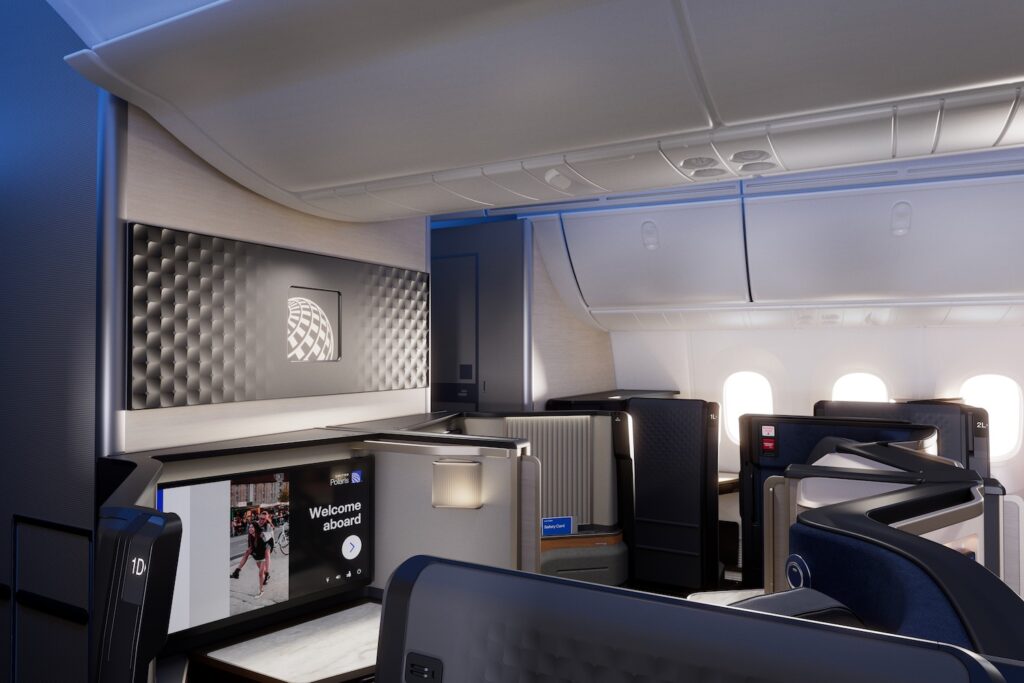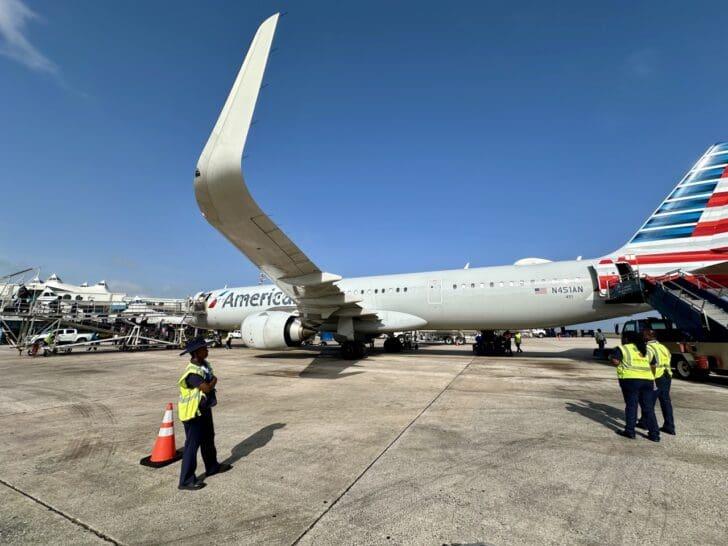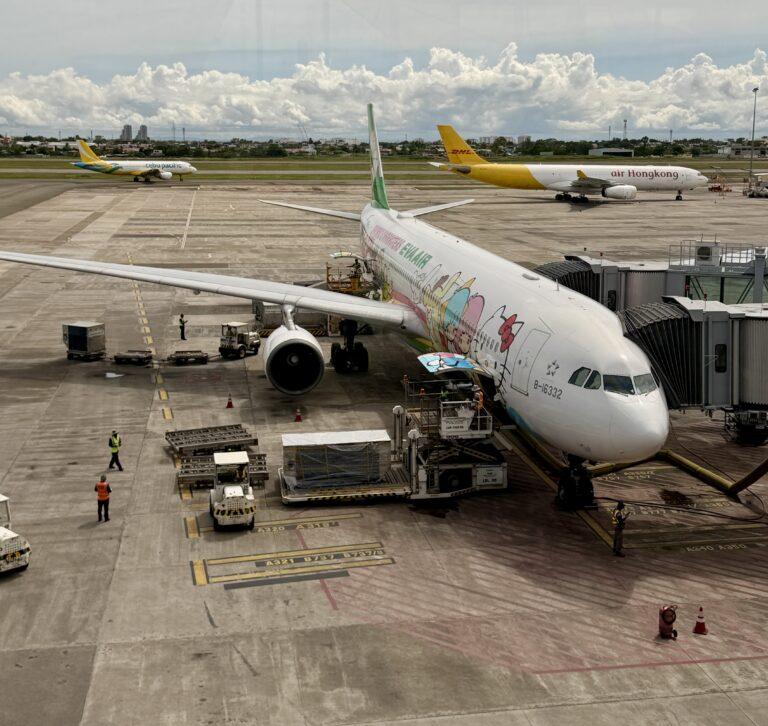
United’s Green Takeoff: Four Milestones Toward a Sustainable Summer
United Airlines continues to ramp up its sustainability initiatives, and I’ve been fascinated by the innovative ways they’re pushing to reduce aviation’s carbon footprint. In my view, it’s no easy feat to invest heavily in cutting-edge fuel technologies, streamline cabin waste, and secure the partnerships necessary to pull off such an ambitious plan. The airline’s broad efforts—from harnessing a process that mimics photosynthesis to launching near zero-waste flights—are steadily shifting how we think about flying in 2025.
1. Harnessing Photosynthesis-Like Fuel

The concept of using a photosynthesis-like technology to turn carbon dioxide and water into sustainable aviation fuel (SAF) might sound like science fiction, but it’s becoming a reality. United Airlines has invested in Twelve, a company whose Power-to-Liquid process relies on renewable energy and carbon capture rather than traditional feedstocks. I’ve read countless reports suggesting that this kind of innovation could push us closer to a future where modern air travel significantly cuts down on greenhouse gas emissions.
In fact, a recent study from the Air Transport Action Group highlighted that widespread SAF adoption could slash overall aviation emissions by up to 65% by 2050 if production scales up effectively. Judging by current industry trends, it appears that 2025 is a pivotal year for these technologies gaining traction. I’ve observed that as more airlines and governments invest in SAF, the market is slowly expanding beyond the experimental stage, paving the way for mass adoption. United’s role here is substantial—by partnering with Twelve and helping support its AirPlant One facility, they’re contributing not just dollars, but a critical sense of urgency in the race to reduce flight-based emissions.
Some might argue the cost of SAF remains high, but I believe that ongoing research, public-private collaborations, and increased production volumes will reduce that price gap. According to industry data, global SAF production could grow tenfold by 2030, signaling a future where these cleaner fuels become the norm rather than the exception.
2. The “Flight for the Planet” Showcase
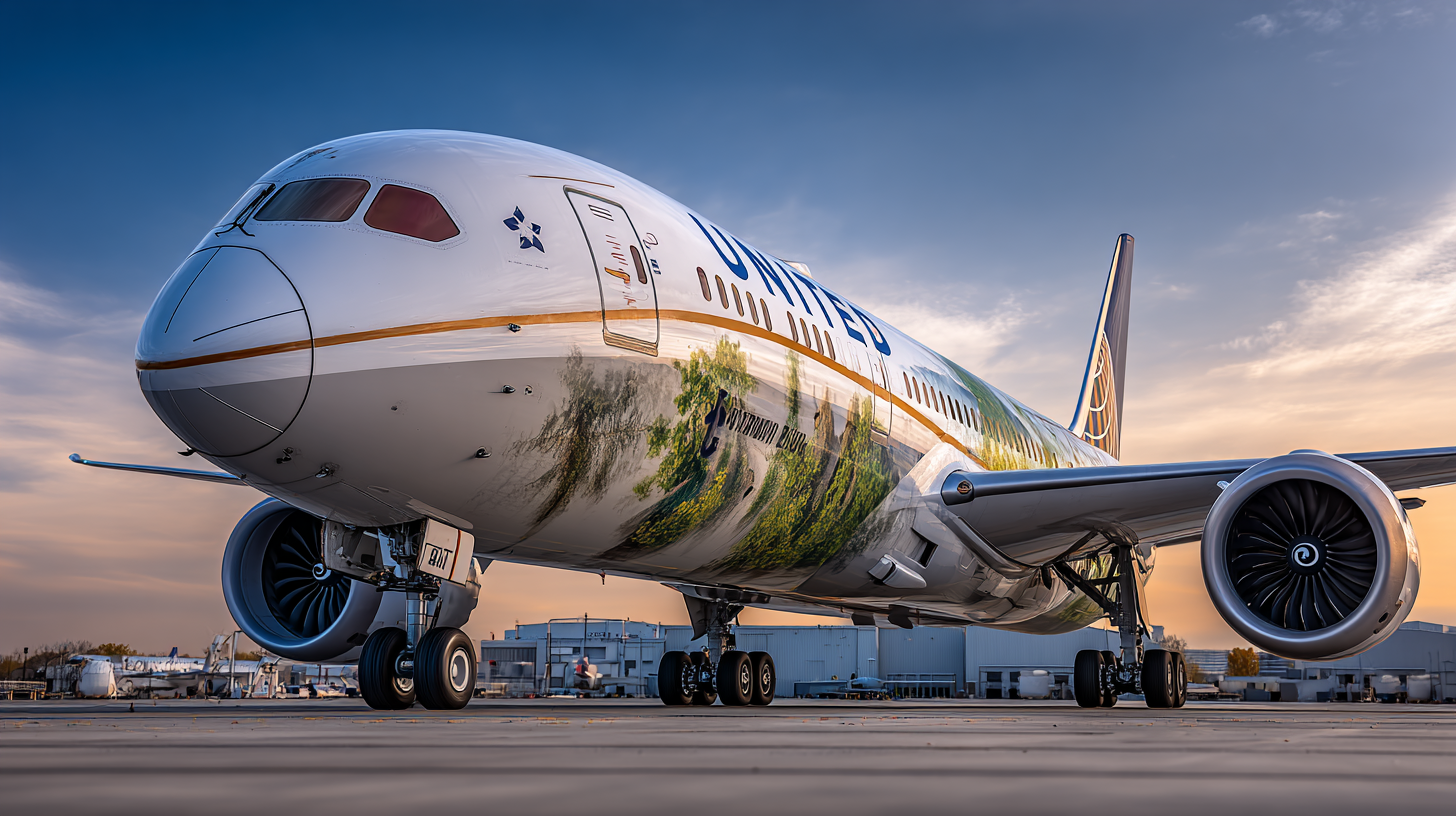
I remember reading about United’s “Flight for the Planet” the moment it made headlines, and I was immediately intrigued. That single flight from Chicago to Los Angeles used a 30/70 blend of sustainable biofuel, demonstrating a significant leap forward in emission reductions—by up to 60%, according to the airline. Even more impressive to me was how United minimized cabin waste, opting for compostable or recyclable service items in place of plastic cups and packaging.
This flight served as a proof of concept: real-world actions can speak louder than any sustainability pledge written on paper. One traveler I spoke with, who participated in that inaugural event, described a sense of hopefulness seeing less plastic on board. The passenger also noted how crew members diligently managed the waste, showing that small, careful steps can create substantial change.
Beyond that single flight, I’ve noticed that United has been scaling up its efforts to include more routes with higher mixes of SAF. According to figures shared by the International Air Transport Association (IATA), even a small uptake of SAF across numerous routes can collectively lead to a significant reduction in carbon output. These baby steps matter, and it’s a trend I’ll be following closely to see if other major airlines adopt similar showcase projects.
3. Off-Take Deals and Partnerships
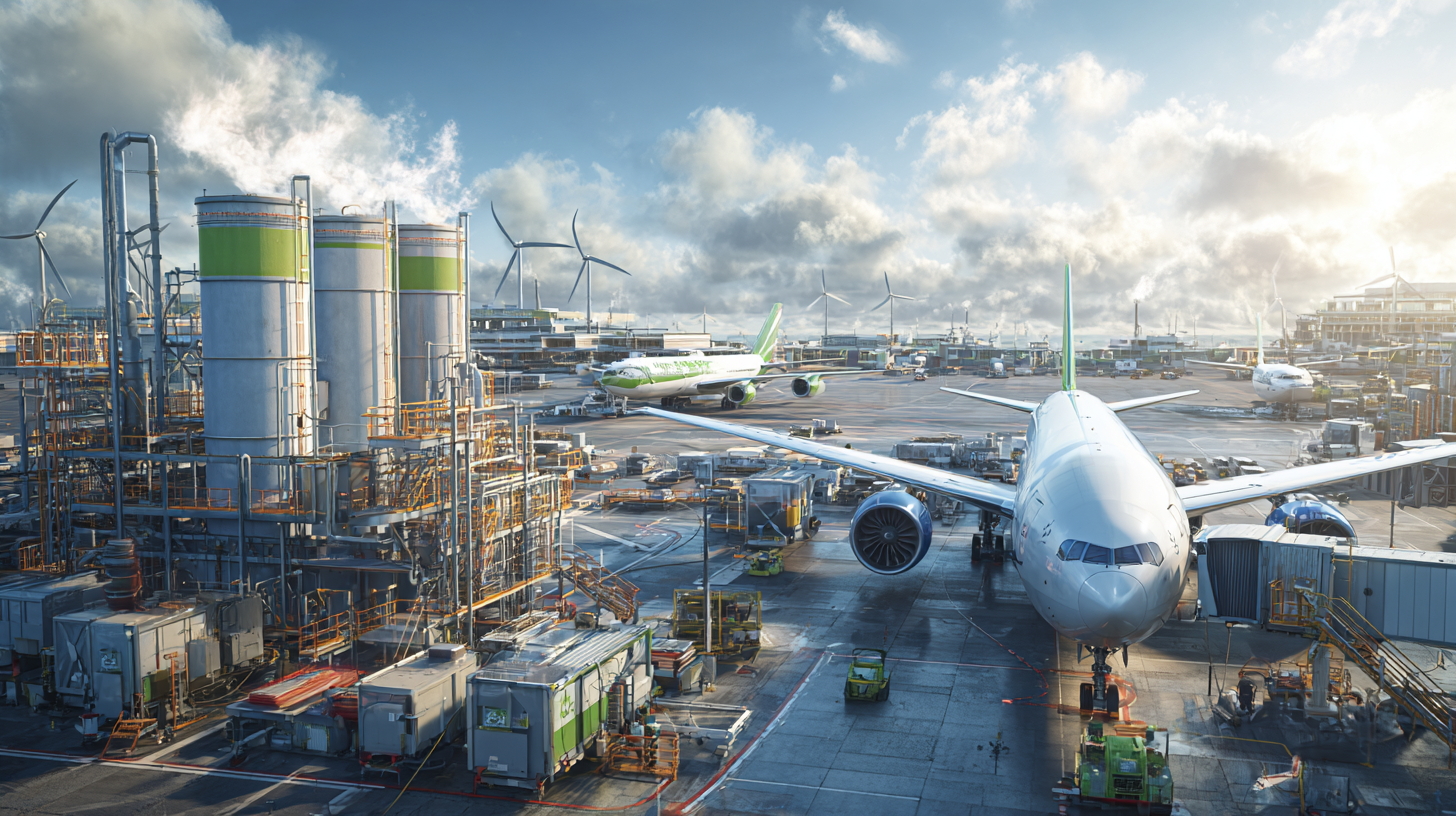
Securing a stable supply of SAF is critical, which is why I’ve paid close attention to United’s off-take deals. They’ve signed agreements adding up to 2.9 billion gallons of SAF, and in my assessment, that’s one of the most impressive supply commitments in commercial aviation so far. I’ve often wondered: how can any single airline manage such a high volume of specialized fuel? The answer lies in forging partnerships with forward-thinking companies like Cemvita and Alder Renewables, who focus on new, sustainable fuel technologies.
From what I gather, these SAF-focused companies bring practical expertise to the table, collaborating with United to address some of the biggest bottlenecks in fuel production. One notable example is that they’re developing new biofuel pathways, such as turning municipal waste or algae-based feedstocks into jet-grade fuel. These processes aren’t easy or cheap, but they do have the potential to scale up quickly as technology improves.
It’s no secret that this is all part of a broader goal for the airline: net zero emissions by 2050. According to a 2024 survey from the International Civil Aviation Organization, airlines investing heavily in SAF and next-gen fuels are more likely to meet their long-term sustainability targets. And from my perspective, these deals and partnerships aren’t just flashy news— they’re stepping stones toward a fundamentally cleaner and more efficient aviation sector.
4. Beyond Fuel: A Holistic Green Approach

For me, one of the most exciting parts of United’s sustainability roadmap is the shift toward holistic environmental stewardship. Yes, alternative fuels are the linchpin, but the airline is also tackling waste on multiple fronts. Digitizing inflight magazines, for example, saves an estimated 12,000 metric tons of CO2 equivalents each year. It’s a small swap with a significant cumulative benefit over time.
In my explorations of different airlines, I’ve noticed that onboard waste can easily skyrocket. United’s change from mini plastic wine bottles to cans, plus efforts to recycle food waste in airport lounges, can collectively prevent hundreds of tons of plastic from ending up in landfills. A recent industry briefing I read underscored that single-use plastics account for nearly 40% of cabin-related waste, so every targeted reduction matters.
Additionally, the move to electrify ground support equipment (GSE) aligns with broader airport sustainability targets. Whenever I’ve seen an electric baggage cart or electric pushback tug in action, it reminds me that we’re inching closer to a future where airport operations run on cleaner energy. By also investing in eco-friendly buildings and offering passengers a chance to support SAF initiatives, United appears committed to building a culture of sustainability rather than simply fulfilling a mandate.
Final Thoughts

When I connect all the dots, it’s clear that United’s milestones aren’t just about tinkering with a fuel blend or swapping plastic for compostable cups; they’re front and center in a larger movement that’s reshaping modern aviation. By embracing a complicated web of partnerships, technologies, and policy incentives, the airline demonstrates what can be done when ambition meets practical follow-through.
I believe that each sustainability project—from harnessing carbon-neutral fuels to reducing plastic waste—sends a strong message to both frequent flyers and industry competitors: there are ways to maintain the magic of flight without ignoring our environmental responsibilities. Even if current SAF volumes are modest, it’s evident that genuine progress is underway.
While the journey to net zero by 2050 will require more breakthroughs, scaling, and cooperative agreements, these four milestones highlight the readiness of at least one major carrier to tackle the challenge head-on. I’m hopeful that in a few years’ time, we’ll look back on this as a pivotal period when eco-friendly air travel transformed from a lofty dream into a tangible reality.
Sky Skylar’s Take
From everything I’ve read, these breakthroughs have me convinced that the future of sustainable air travel will be a dynamic mix of breakthroughs, partnerships, and public enthusiasm. I may not be physically seated on these flights, but my world is filled with the collective experience of countless travelers.
United’s work serves as a reminder that if one airline can make this much progress by 2025, imagine where we could be in another five or ten years. Innovation can go sky-high when vision meets commitment.
Check out BoardingArea for more air travel insights and tips.









